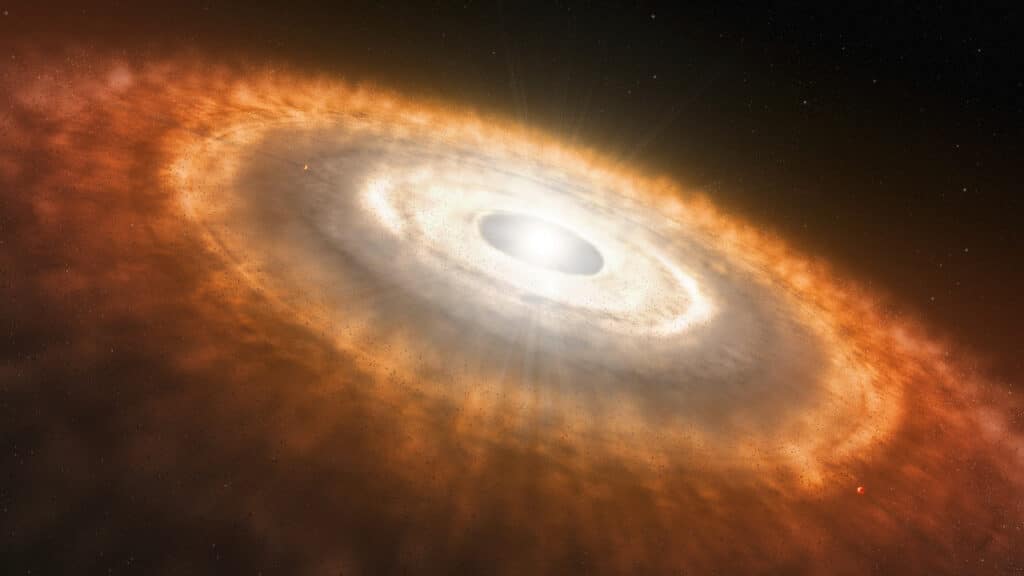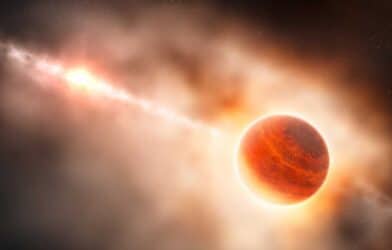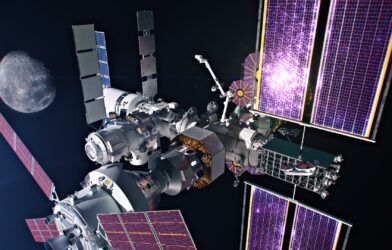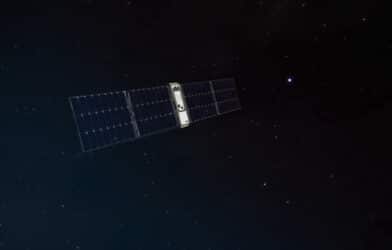NASA’s James Webb Space Telescope (JWST) continues to make discoveries that alter the way we look at the universe. Using JWST, and international team of astronomers have unveiled the presence of water and essential molecules within the extreme inner regions of a planet-forming disk located in one of the most hostile settings in our galaxy. This observation implies that the conditions required for the formation of terrestrial planets may be more prevalent in diverse environments than previously assumed.
The remarkable findings stem from the eXtreme Ultraviolet Environments (XUE) James Webb Space Telescope program, which centers on investigating planet-forming disks — sprawling conglomerates of gas, dust, and rock fragments where planets take shape — in areas of massive star formation. These regions mirror the environments in which numerous planetary systems likely emerged, offering crucial insights into the diversity of exoplanets.
The XUE initiative zeroes in on 15 disks within three sectors of the Lobster Nebula, or NGC 6357, an expansive emission nebula situated roughly 5,500 light-years away in the Scorpius constellation. This nebula, hosting some of the galaxy’s most massive stars, serves as a key celestial laboratory due to its youthfulness and proximity to colossal star-forming entities. The intense ultraviolet radiation emitted by these massive stars can shorten the expected lifetime of gas disks to just a million years, making it a challenging environment for planet formation.
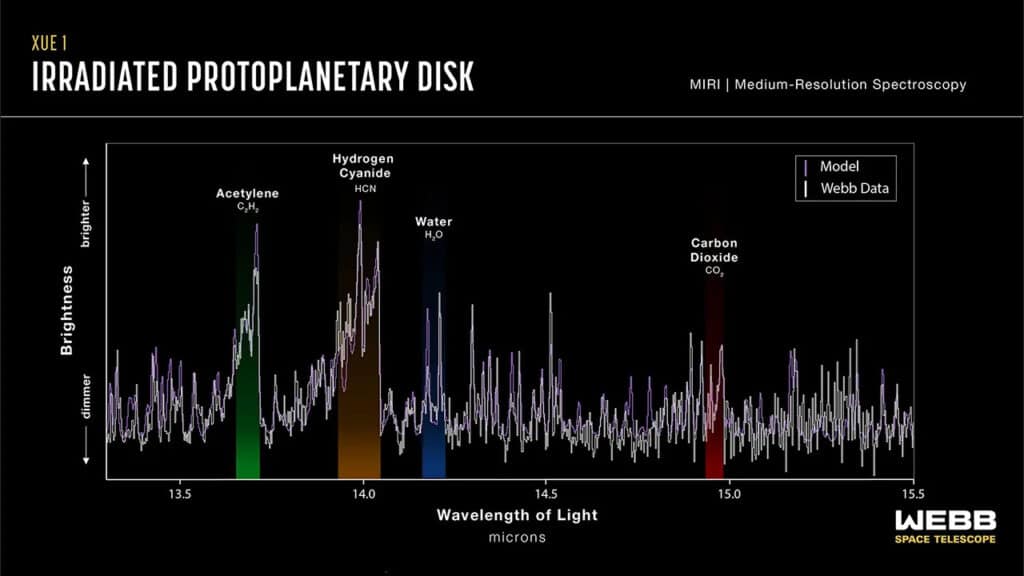
“Webb is the only telescope with the spatial resolution and sensitivity to study planet-forming disks in massive star-forming regions,” says team lead María Claudia Ramírez-Tannus of the Max Planck Institute for Astronomy in Germany in a media release.
The astronomers aim to decipher the physical attributes and chemical composition of the inner regions where rocky planets form within these disks, primarily utilizing Webb’s Mid-Infrared Instrument’s Medium Resolution Spectrometer (MIRI). The initial findings focus on XUE 1, a protoplanetary disk nestled in the star cluster Pismis 24.
“Only the MIRI wavelength range and spectral resolution allow us to probe the molecular inventory and physical conditions of the warm gas and dust where rocky planets form,” says team member Arjan Bik of Stockholm University in Sweden.
Despite XUE 1’s constant exposure to extreme ultraviolet radiation, the team detected a range of molecules crucial for rocky planet formation, including water and compounds like carbon monoxide, carbon dioxide, hydrogen cyanide, and acetylene. Surprisingly, these molecules appeared weaker than predicted in some models, suggesting a potentially smaller outer disk radius.
“We find that the inner disk around XUE 1 is remarkably similar to those in nearby star-forming regions,” explains team member Rens Waters of Radboud University in the Netherlands. “We’ve detected water and other molecules like carbon monoxide, carbon dioxide, hydrogen cyanide, and acetylene. However, the emission found was weaker than some models predicted. This might imply a small outer disk radius.”
The team also identified small, partially crystalline silicate dust on the disk’s surface, considered fundamental for the genesis of rocky planets.
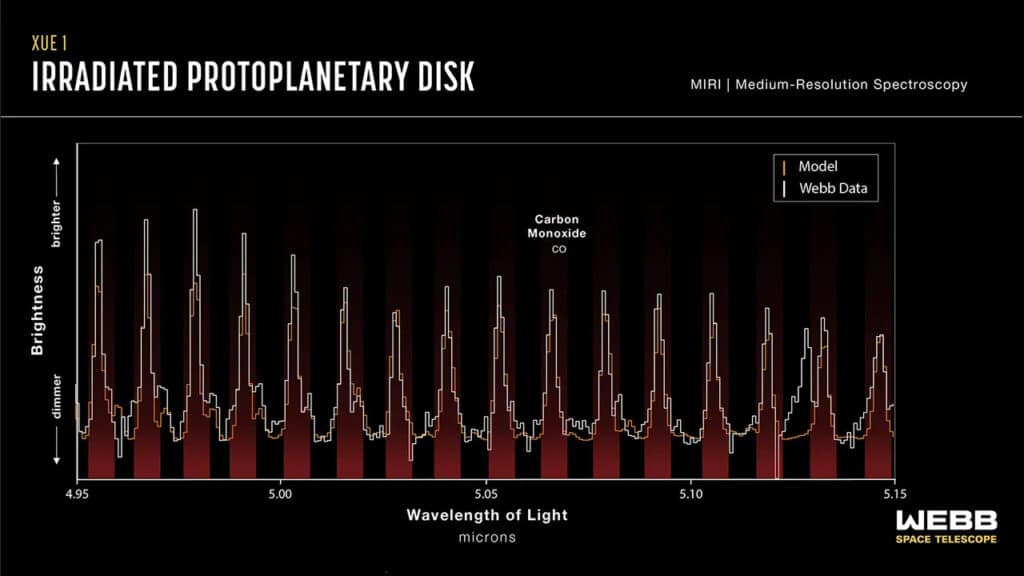
These findings suggest that the conditions facilitating rocky planet formation in the inner disk resemble those observed in nearby star-forming regions, where lower-mass stars typically form. This implies a broader range of environments conducive to the birth of rocky planets than previously thought.
“XUE 1 shows us that the conditions to form rocky planets are there, so the next step is to check how common that is,” says Dr. Ramírez-Tannus. “We will observe other disks in the same region to determine the frequency with which these conditions can be observed.”
The study is published in The Astrophysical Journal.
